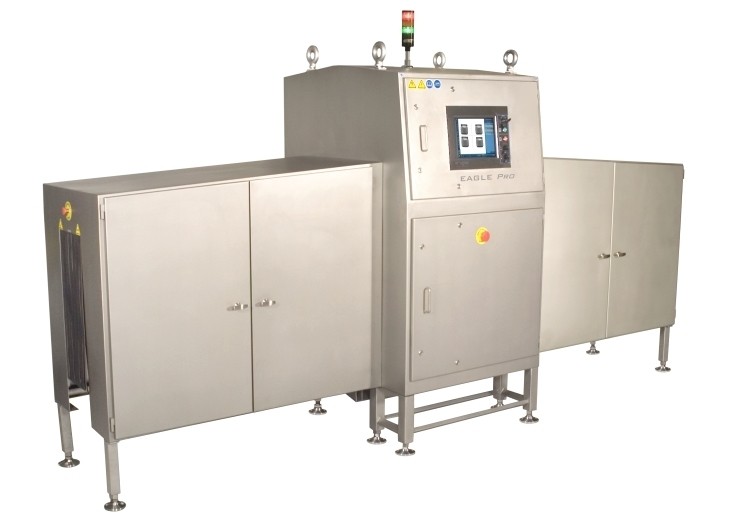Eagle launches new x-ray solutions

Although an x-ray machine is a considerable new capital cost, there can be even higher costs associated with food safety and quality issues caused by physical contaminants and with noncompliance with food safety regulations, the company said.
To prevent such losses and position manufacturers for future success, Eagle said it is continuing to develop and improve inspection technologies and software.
It said small and mid-sized companies as well as large manufacturers looking to standardize their equipment can reap benefits from the recently-introduced EPX100, a smaller-footprint, low-energy x-ray system for packaged products that provides contaminant detection and weight verification with improved statistical data and visibility.
In addition to containment detection and quality checks, the machines address inefficiencies that often lead to downtime.
“Now is the time for manufacturers to identify areas that are causing loss,” Christy Draus, marketing manager at Eagle Product Inspection, said.
Eagle said it works with companies to determine the true probability of detection for potential contaminants across their product lines, based on different variables, packaging and processes.
“Determining the true probability of detection gives companies a degree of confidence that variables have been considered and examined. This also provides an accurate indication of a machine’s expected performance over time on their line,” Draus said.
Another step is to work toward calculating the total cost of ownership (TCO) of the new equipment, from the initial cost of buying, installing and starting the system as well as the cost of running machinery year over year.
“Performance is a crucial consideration in determining TCO. A high-performing, efficient x-ray system that is reliable over time and that can improve product integrity, quality and safety, will lead to the highest value of ownership,” Draus said.




